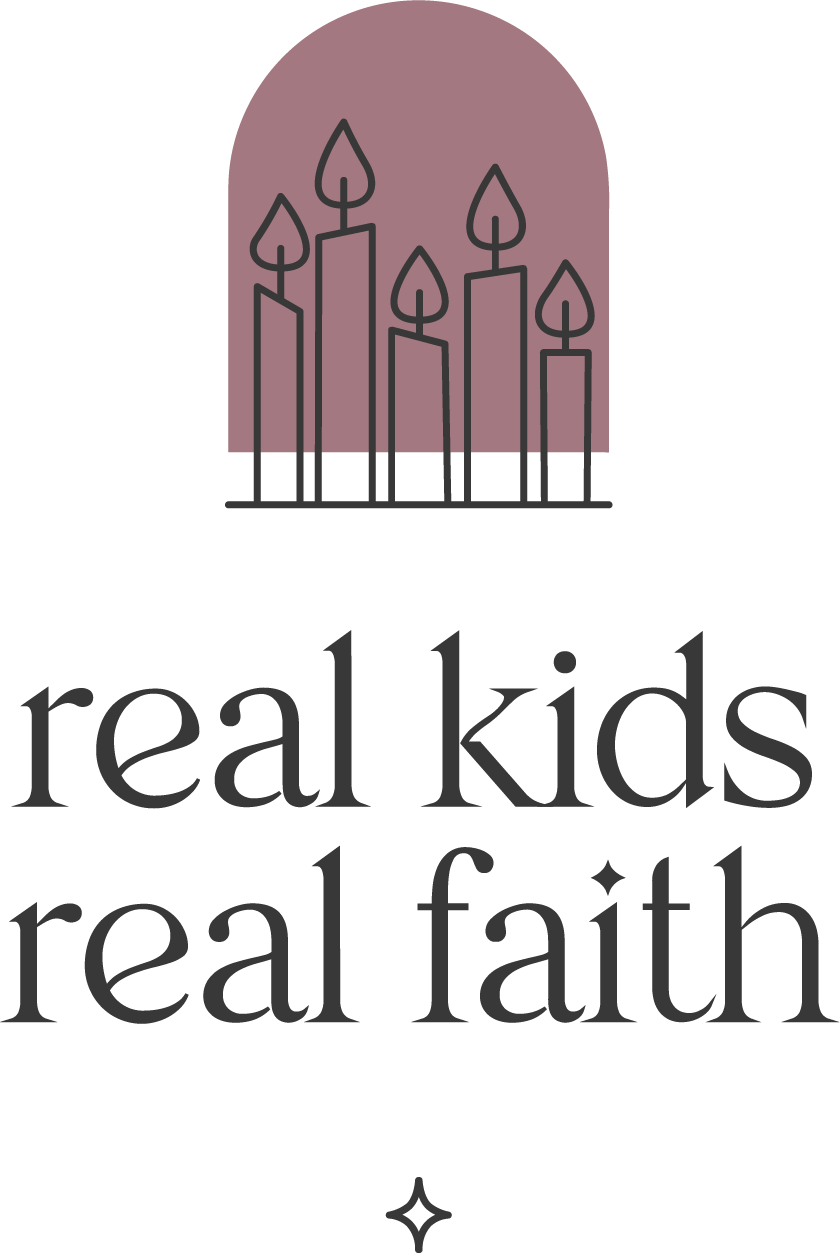With the calendar shift from February to March, we’ve gone from remembering Black history to lifting up women and their accomplishments. It’s good that we acknowledge diverse groups with days or months of celebration. The downside is our kids may think that Black leaders and events only merit attention one month out of the year, especially if they don’t hear anything more about Black history until next February.
Black History Month was never intended as a ‘stand-alone’ event. Instead, its founders hoped that parents and teachers would introduce children to Black history throughout the entire year, with one month set aside to celebrate what they had learned with the wider community.
Talking about Black experiences and accomplishments year-round challenges the presumptive whiteness of American history and culture. It helps Black children see themselves in society and it provides white children with a window into Black lives. Both are crucial to bridging racial divisions.
So what should we as parents teach our children about Black history? Well, Harvard professor Jarvis Givens suggests that we help children think about the ‘who’ and ‘why’ of historical events. School textbooks offer abbreviated and selective accounts of history, leaving out the actions and perspectives of marginalized peoples. Help your child search for additional information, pairing ‘Blacks and’ with event names (e.g. ‘Blacks and Civil War’, ‘Blacks and Prohibition’) to uncover hidden histories.
Educator Rann Miller suggests that we continue reading books and watching videos by and about Black people. Don’t push that picture book about Martin Luther King, Jr. or Sojourner Truth to the back of the bookshelf. Instead, mix it in with your child’s favorite stories for regular re-readings. Watch Hidden Figures, a movie about African American women whose math skills helped launch the Mercury 7 rocket, for Pi Day (March 14) or add Soul to your movie night rotation.
Miller also suggests that we pay attention to the creators of stories about Black lives. Investigate why they decided to focus on a particular event or person. What did they find compelling? How does their perspective change how children might see history? Look together for blogs, articles, and interviews where authors and filmmakers talk about their work. Often these creators are Black themselves, which provides another way for kids to see how Black people are making a difference in the world.
In addition, children learn Black history through interactions with Black communities. For Black families, this is a primary and everyday learning space. For white families, this may not be part of the usual routine. Think of it this way: every day, people are making history, which means every day, Black people are making history. Point out Black first responders, Black doctors, Black teachers, Black athletes, Black actors, and Black musicians. Celebrate the ways they make a difference in the world. You might even invite your child to write ‘thank you’ messages to send or post on social media.
Knowing Black history matters for every child. Make your household a place where it’s celebrated all year round.
Related Resources
- Jarvis R. Givens | Harvard Graduate School of Education
- Teaching Black History Year-Round Requires Rigorous Sight
- Rann Miller | Edutopia
- Young People's History of the US/Zinn
- About Me – Urban Education Mixtape
- Hidden Figures (2016) - IMDb
- 11 Prime Days to Celebrate Math Holidays - HelpTeaching.com
- Books Celebrating Black Identity
- Critical Race Theory

Comments